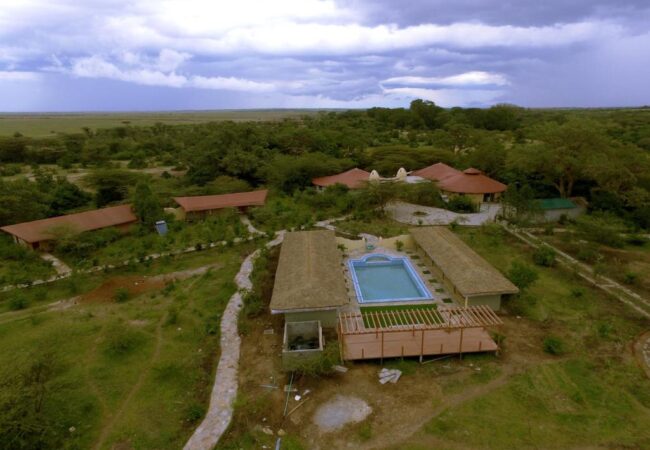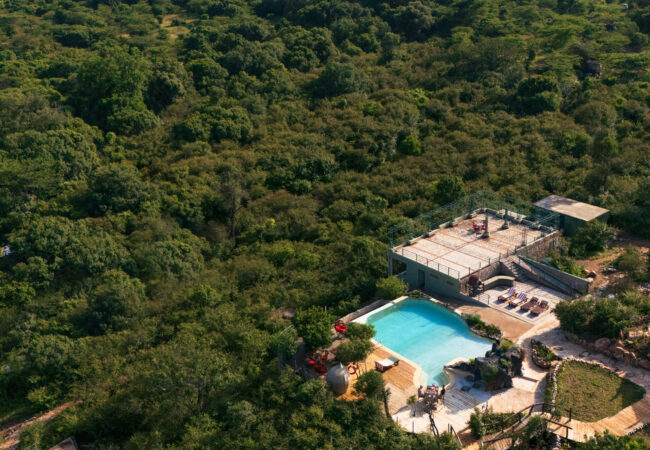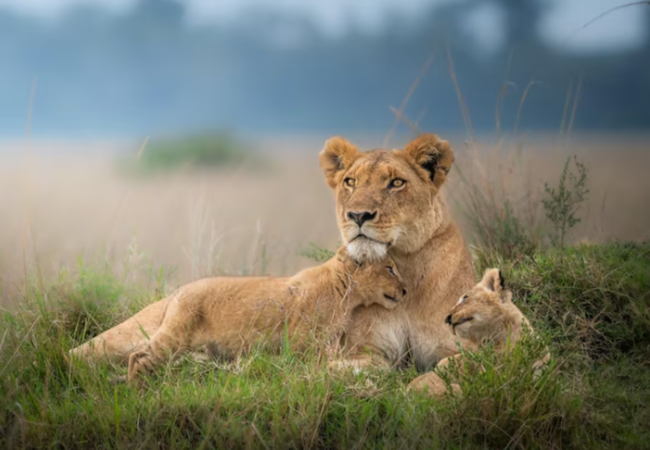Serengeti National Park, located in northern Tanzania, is one of Africa’s most iconic wildlife destinations. Renowned for its vast savannahs, abundant wildlife, and the world-famous Great Migration, the Serengeti offers an unparalleled safari experience. As a UNESCO World Heritage Site, the park’s stunning landscapes and rich biodiversity make it a must-visit destination for any nature enthusiast or adventure traveler.
Key Attractions
1. The Great Migration The Serengeti is globally renowned for the Great Migration, an awe-inspiring natural event where millions of wildebeest, zebras, and gazelles traverse the plains in search of fresh grazing grounds. This epic journey, driven by seasonal rains, creates dramatic river crossings and predator-prey interactions that offer spectacular wildlife viewing opportunities. The migration typically takes place from June to October, with the herds moving from the Serengeti to the Masai Mara in Kenya and returning between November and May.
2. Serengeti Plains The Serengeti Plains, a vast expanse of open grassland, are the heart of the park’s ecosystem. This iconic landscape provides the perfect backdrop for game drives and wildlife photography. The plains are home to large herds of grazing animals, including wildebeest, zebras, and antelope, as well as their predators, such as lions, cheetahs, and hyenas.
3. Ngorongoro Crater Although technically a separate location, the Ngorongoro Crater is often visited in conjunction with the Serengeti. This UNESCO World Heritage Site is a massive caldera that harbors a diverse array of wildlife within its lush, fertile basin. The crater’s unique environment provides excellent game viewing opportunities and a striking contrast to the Serengeti’s open plains.
4. Serengeti Ecosystem The Serengeti National Park encompasses a variety of ecosystems, including woodlands, kopjes (rock outcrops), and riverine forests. These diverse habitats support a wide range of wildlife and plant species. The park’s varied environments create opportunities for spotting different species, from elusive leopards in the trees to herds of elephants in the woodlands.
5. Kopjes Kopjes are unique rock formations scattered across the Serengeti Plains. These rocky outcrops provide vantage points for predators and offer shelter and nesting sites for various bird species. The kopjes also create interesting landscapes and are popular spots for wildlife viewing and photography.
6. Birdwatching Serengeti National Park is a birdwatcher’s paradise, with over 500 recorded bird species. Notable species include the secretary bird, the kori bustard, and the lilac-breasted roller. The park’s diverse habitats offer excellent opportunities for spotting both resident and migratory birds.
Accommodation Options Serengeti National Park offers a range of accommodation options, from luxury lodges and tented camps to more budget-friendly choices. Many lodges and camps are strategically located to provide easy access to key wildlife viewing areas and the Great Migration. Whether you prefer the comfort of a high-end lodge or the adventure of a mobile camp, there are options to suit all preferences.
Travel Tips
- Best Time to Visit: The Serengeti can be visited year-round, but the best time to witness the Great Migration is from June to October. The dry season is also ideal for wildlife viewing as animals congregate around water sources. The wet season (November to May) offers lush landscapes and fewer tourists but can involve heavy rains.
- How to Get There: The Serengeti is accessible by road from Arusha, which takes approximately 8-10 hours, or by air via scheduled flights to several airstrips within the park. Many visitors choose to fly for convenience and time efficiency.
- What to Pack: Bring lightweight, breathable clothing suitable for both hot days and cooler evenings. Sturdy walking shoes, a camera, binoculars, sunscreen, insect repellent, and a hat are essential. It’s also advisable to pack a light rain jacket if visiting during the wet season.
Serengeti National Park offers an unparalleled safari experience with its vast landscapes, abundant wildlife, and the dramatic spectacle of the Great Migration. Whether you’re witnessing the movement of millions of wildebeest or exploring the park’s diverse ecosystems, the Serengeti promises a truly unforgettable adventure in one of Africa’s most iconic natural settings.












